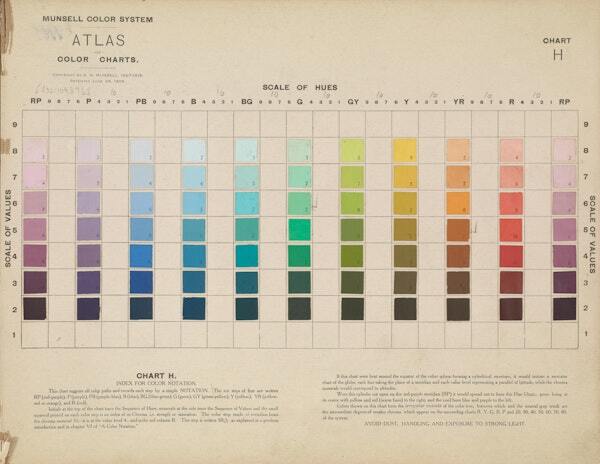Color Theory
Color Theory
Color theory is the study and understanding of how colors interact, combine, and evoke emotions. It plays a crucial role in various fields, including art, design, psychology, and even marketing. The foundation of color theory lies in the three primary colors: red, blue, and yellow, from which all other colors can be created. Secondary colors, such as green, orange, and purple, emerge from mixing two primary colors, while tertiary colors result from combining a primary color with a secondary color. The theory also encompasses concepts like color harmony, contrast, and the psychological effects of different colors on human perception and emotion.
The history of color theory dates back to ancient times. Scholars and artists from different cultures explored the nature of colors and their significance. For instance, in ancient Egypt, colors were associated with deities and religious symbols, while in ancient Greece, thinkers like Aristotle and Empedocles theorized about color vision and the elements that made up colors. However, it was Sir Isaac Newton's groundbreaking experiments with prisms in the 17th century that laid the foundation for modern color theory. Newton's work on the spectrum of light led to the understanding that colors were not inherent properties of objects but rather resulted from the interaction of light and matter.
The early 1900s marked significant developments in color theory, driven by artists and scientists who sought to expand their understanding of color and its application. One of the most influential figures was the French artist Henri Matisse, who, along with his contemporaries, embraced vibrant and unconventional color palettes in their artworks, giving rise to the Fauvist movement. Concurrently, German scientist Wilhelm Ostwald delved into color systems and developed the color solid, a three-dimensional representation of color relationships. This period also saw the advent of color psychology, with scholars like Faber Birren exploring how colors influenced human behavior and emotions. The Bauhaus movement, founded in 1919, further integrated color theory into design and architecture, emphasizing the importance of color in shaping spatial experiences. These developments set the stage for the continued exploration and application of color theory across various disciplines throughout the 20th century.

